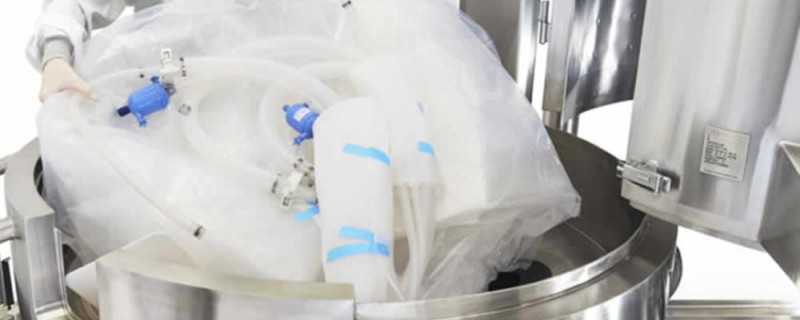
New Chemical Modification of L-Tyrosine and L-Cysteine Increase Solubility and Stability and Permit Single Feed Strategies
A long-standing challenge in the use of amino acids as part of a feed strategy has been the insolubility of tyrosine and the oxidation of cysteine at neutral pH. This has required the use of alkaline feeds to allow solubility and stability. The need for alkaline feeds complicates operations by forcing a multiple feed strategy as all components can’t be fed together.
To enable the development of neutral pH feeds, MilliporeSigma is manufacturing modified amino acids derivatives to serve as replacements for L-Tyrosine and L-Cysteine. While tyrosine can be integrated in neutral pH feed using Phosphotyrosine disodium salt, cysteine can be replaced by S-Sulfocysteine sodium salt, yielding highly concentrated and stable feeds.
Moving to one single, neutral pH feed is a very innovative approach and has many associated benefits. It increases efficiency of your fed-batch process by reducing the number of necessary feeds and corresponding materials, while also reducing pH spikes. It also allows formulations that are stable at room temperature.
MilliporeSigma studies have shown that the use of their modified amino acids can increase cell culture duration and productivity. Another advantage is that less feed volume has to be added to culture because of the high concentration that is possible with the modified amino acids, which may provide an increase in titer. In addition to the positive impact on culture, use of the modified amino acids has resulted in no change to mAb glycosylation or change variants. Lastly, S-sulfocysteine enables a significant reduction of fragmentation and trisulfide bonds linkages in IgG and therefore a better protein quality.
Additional Benefits
- Reduced complexity in fed-batch process
- High concentrations of modified cysteine in main feeds at neutral pH
- Simplify the process
- Optimize productivity
- Reduce total volume addition
- Prevention of caustic shocks in the bioreactor due to high pH feeds
- More convenient preparation process with less contamination risks
- Reduction of recombinant protein fragmentation and decrease in trisulfide bond formation
- Higher feed stability at room temperature